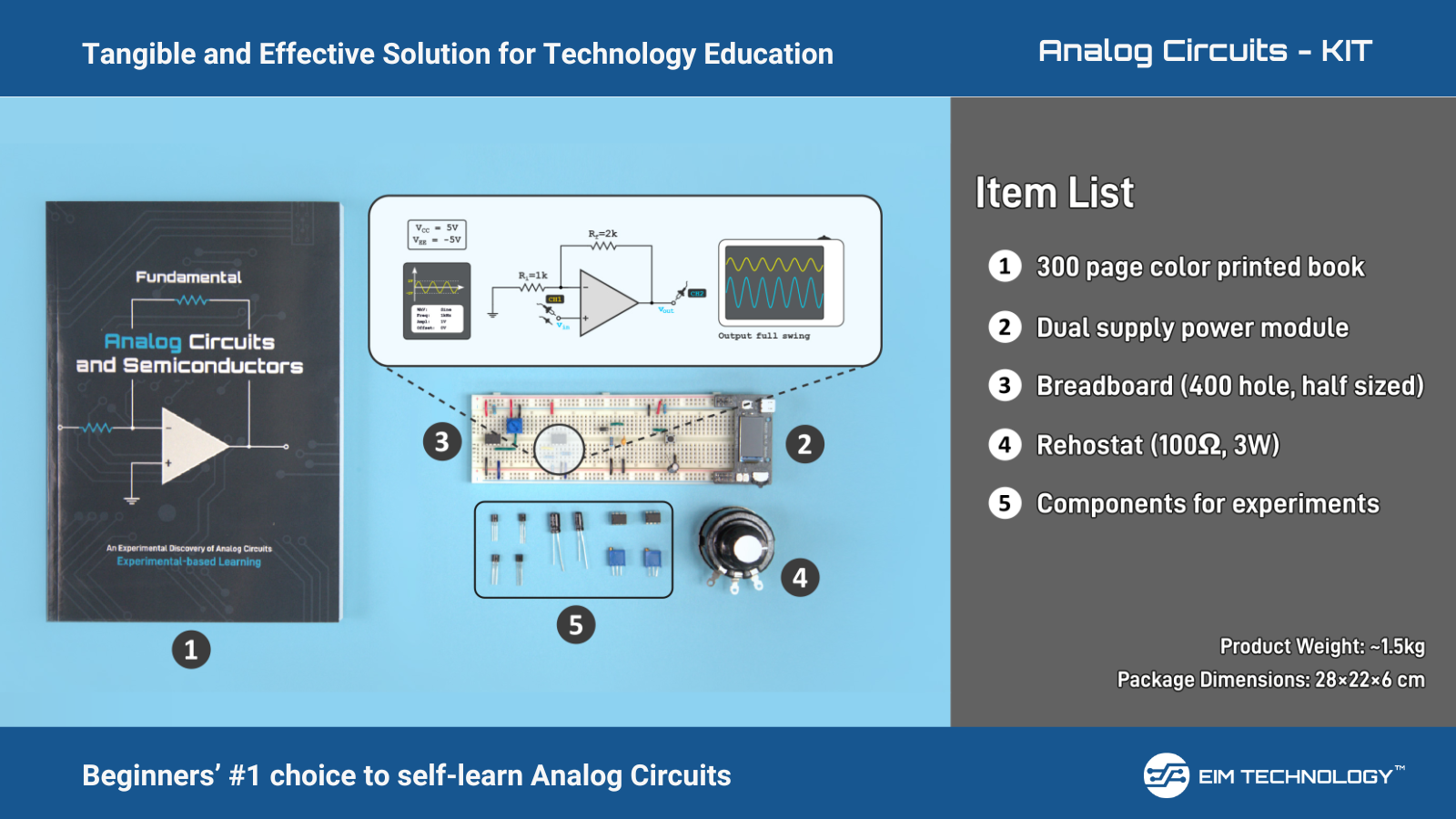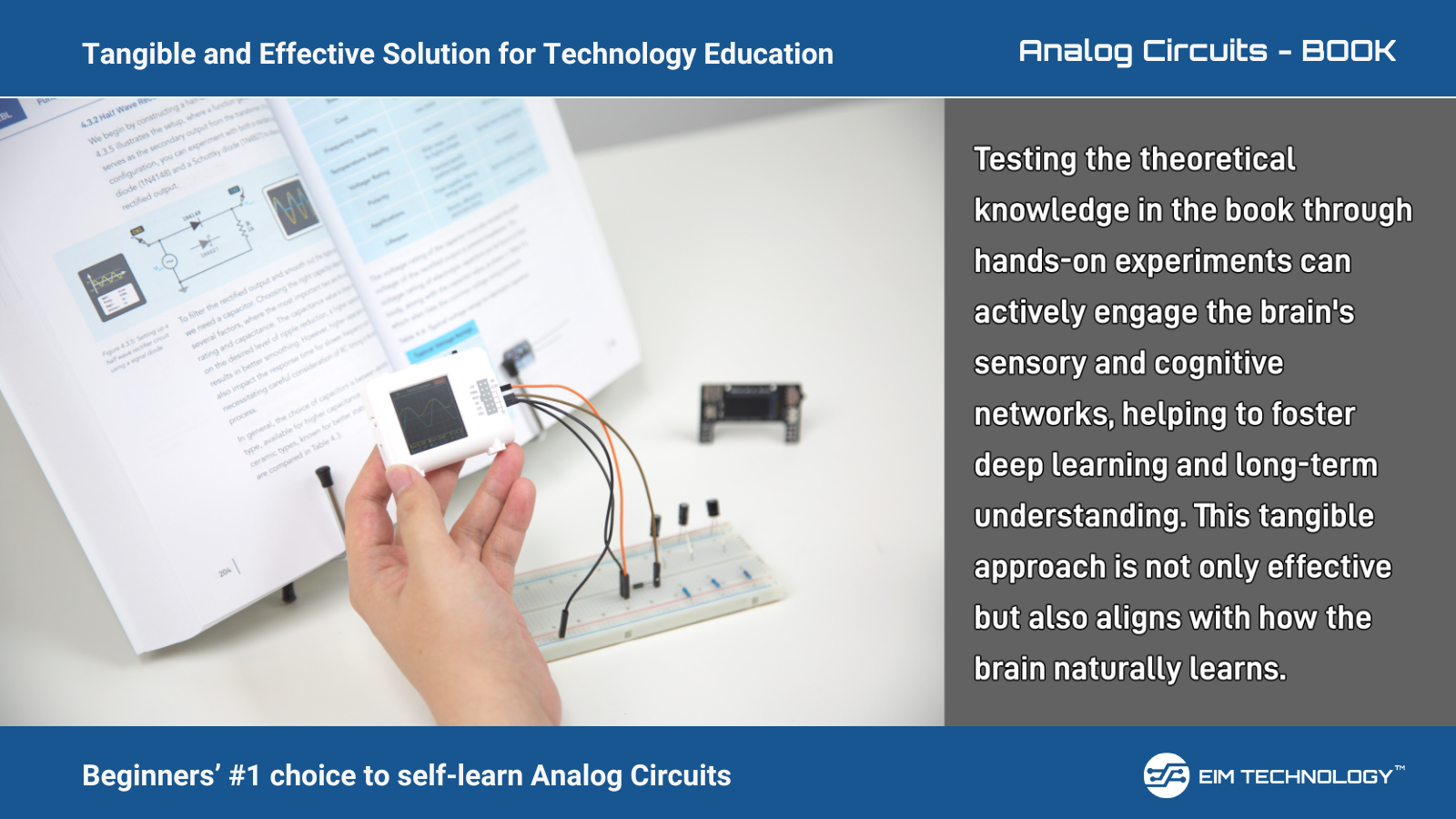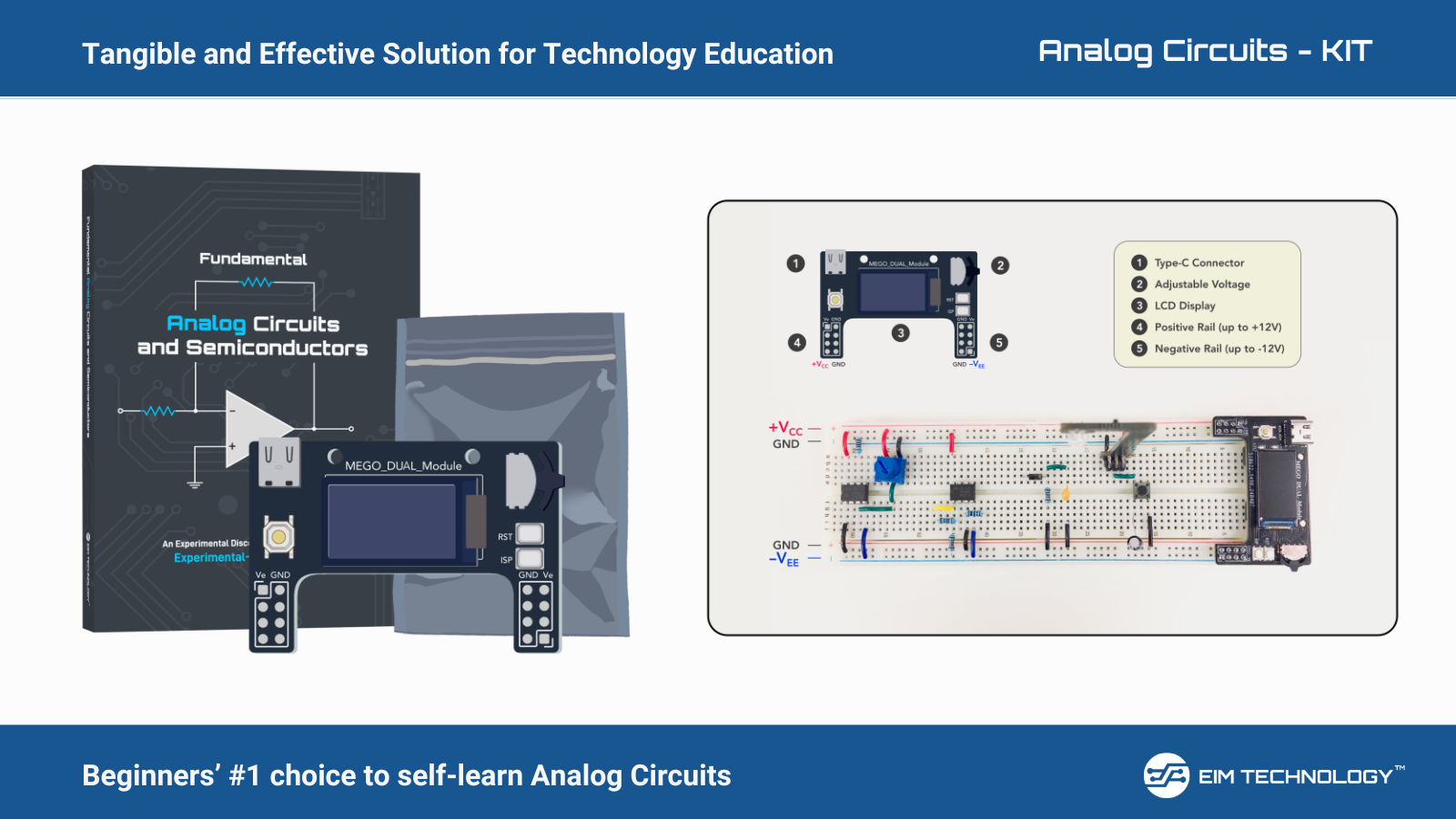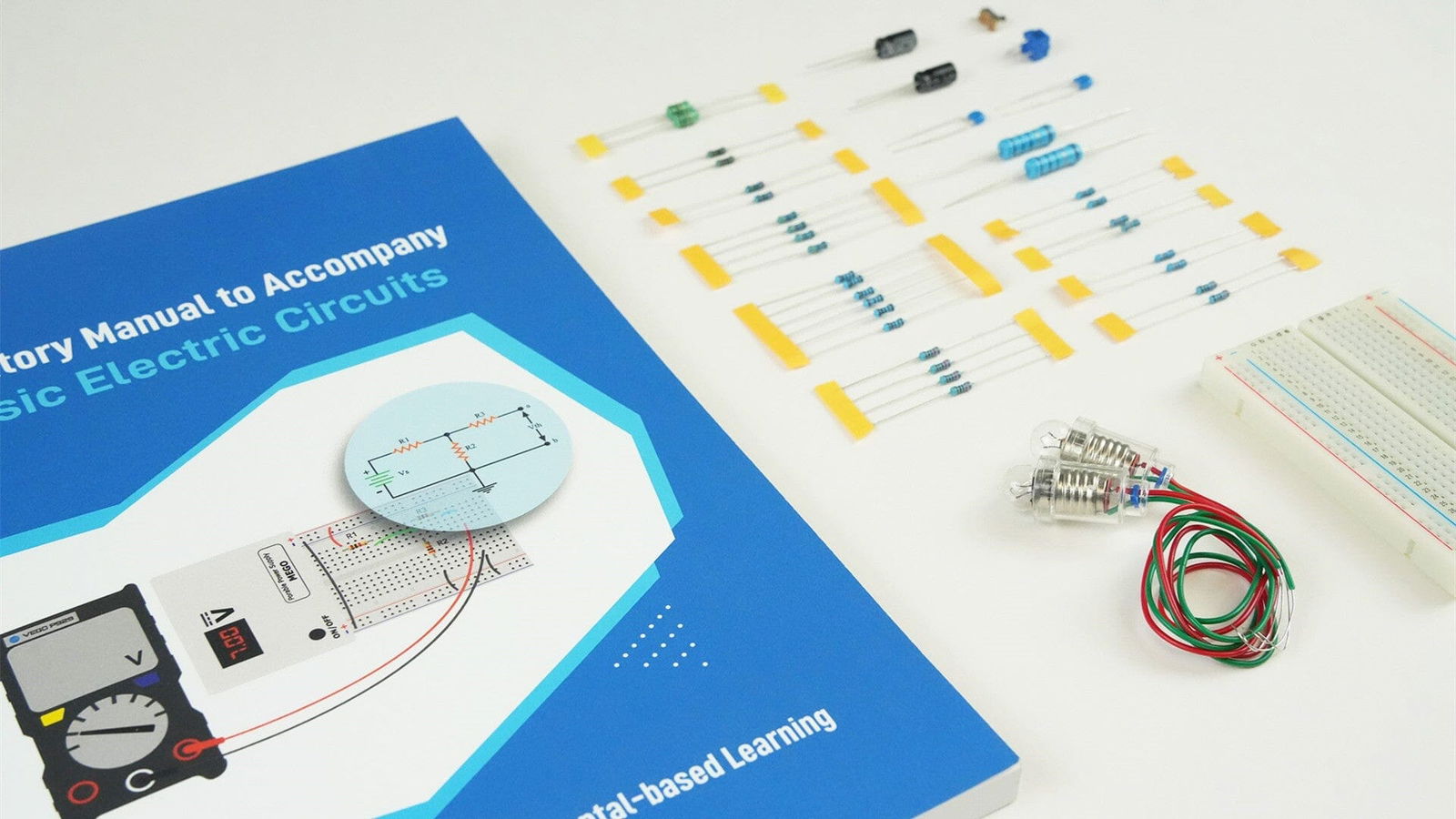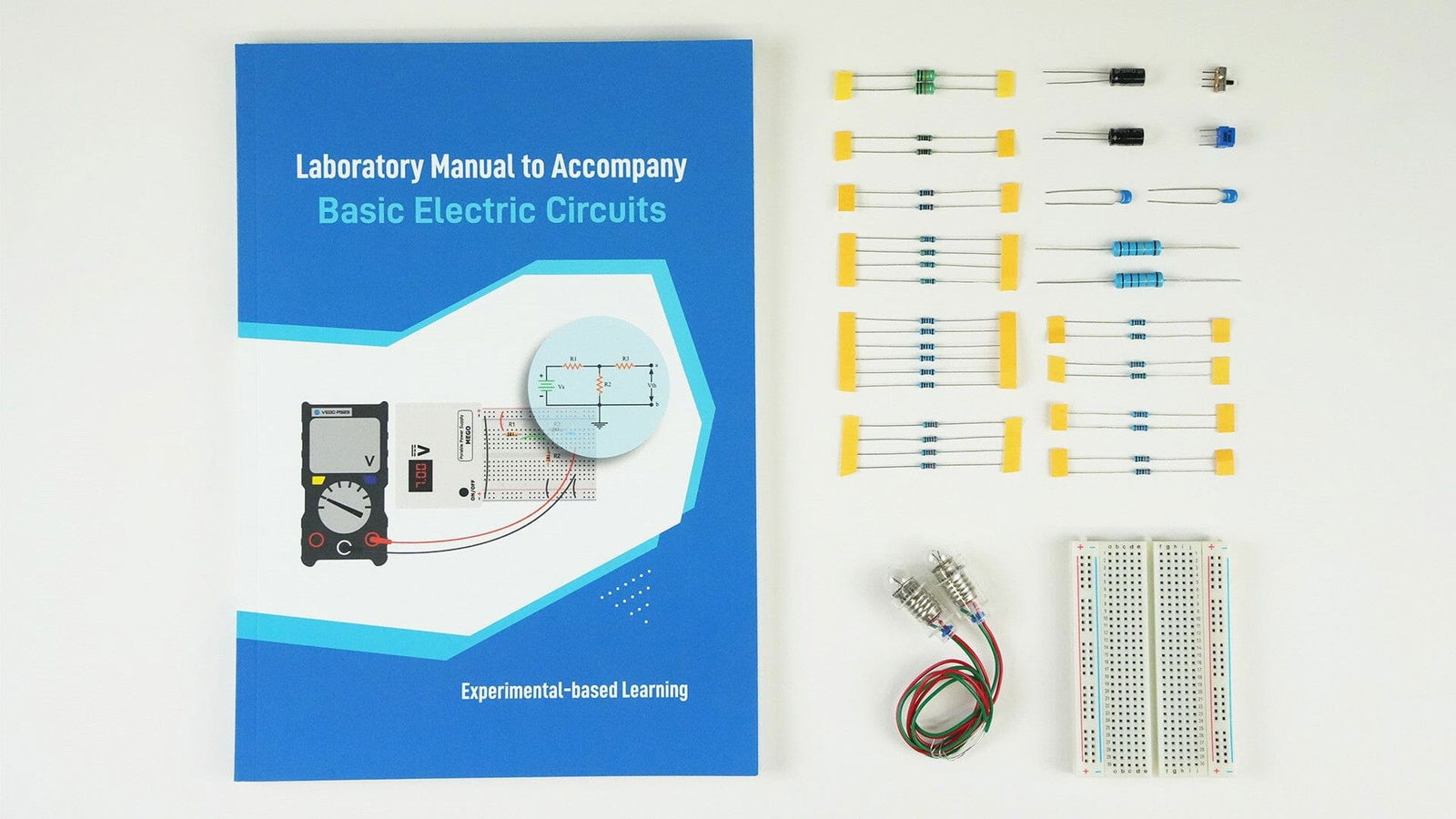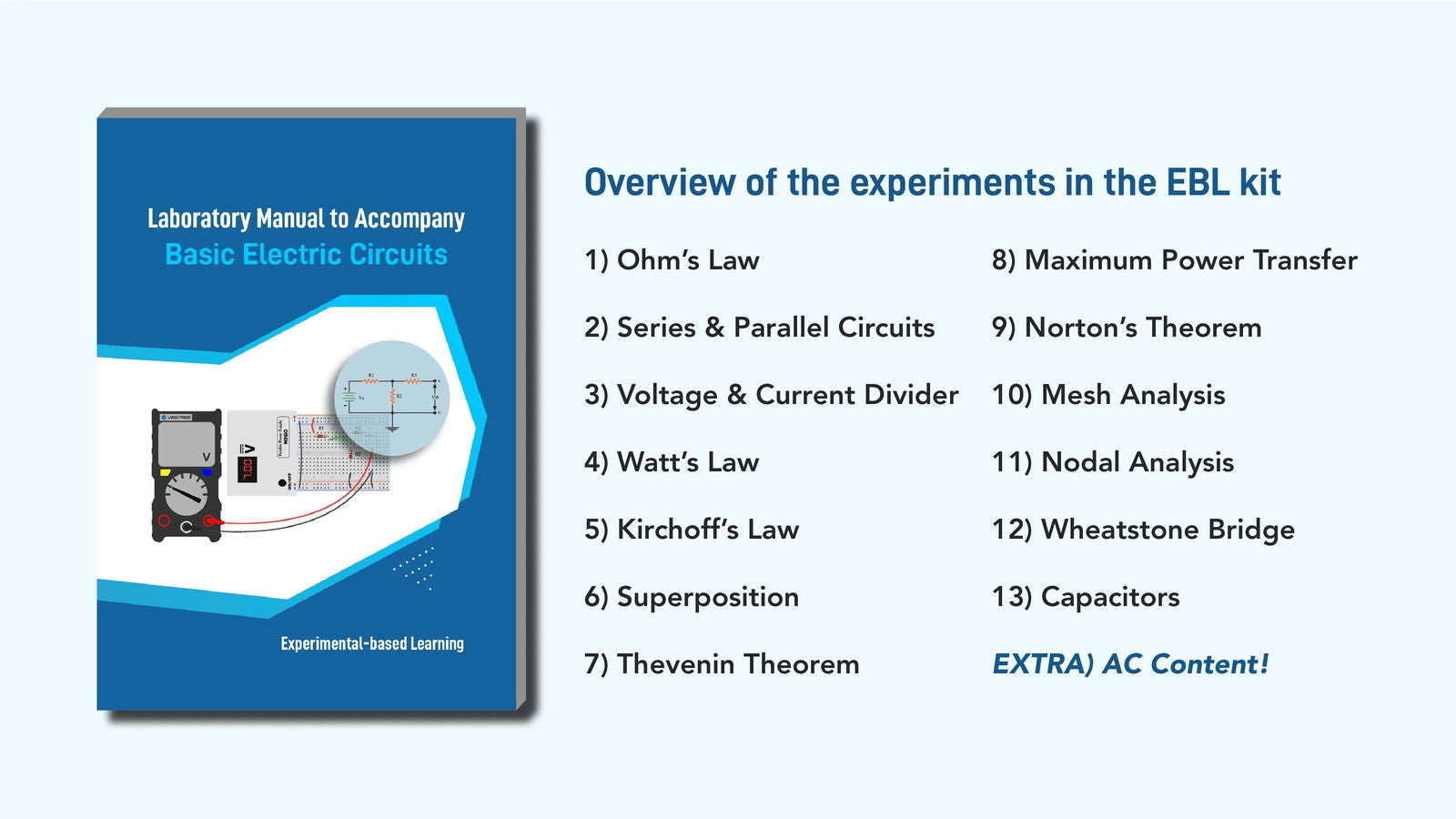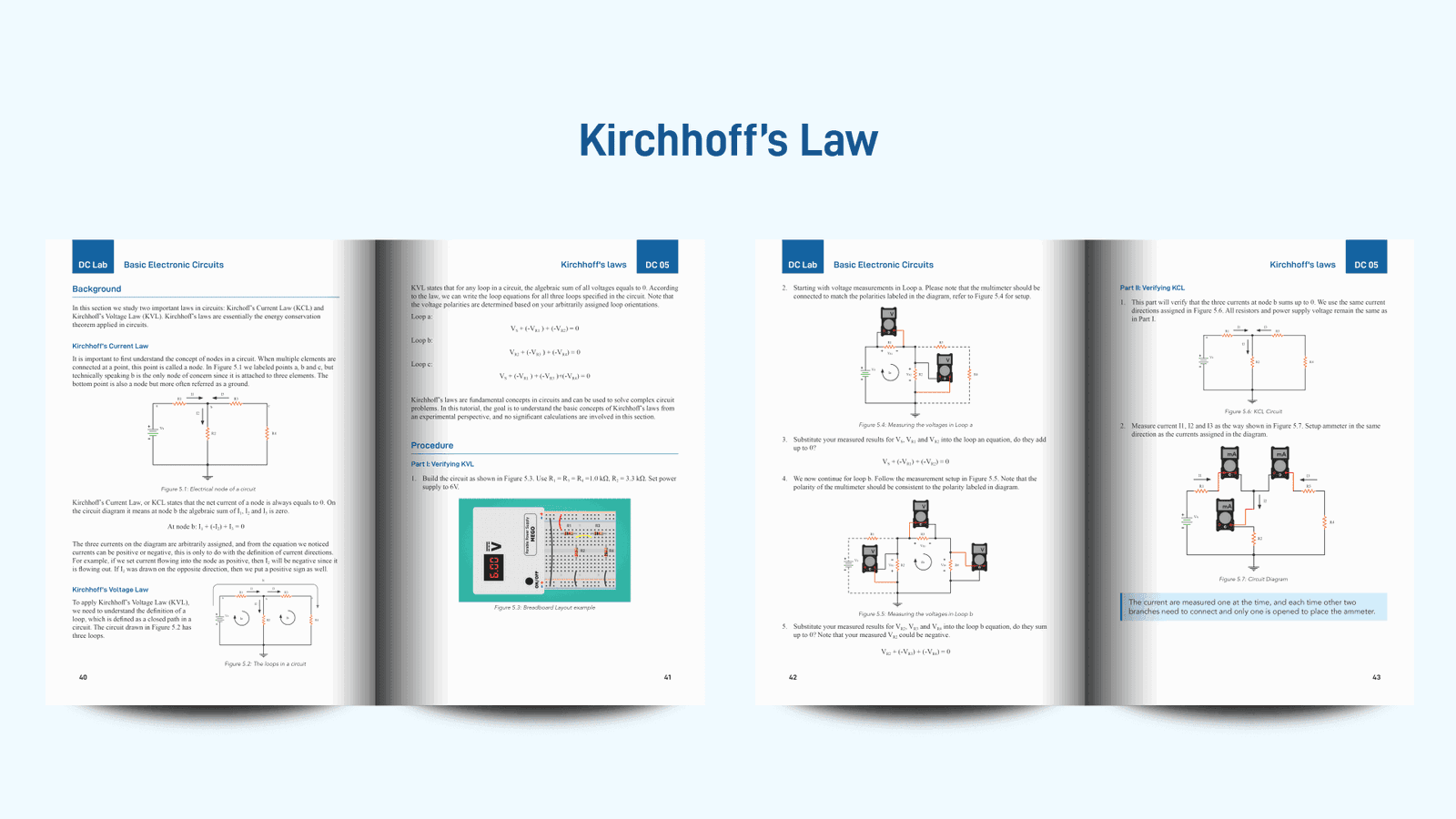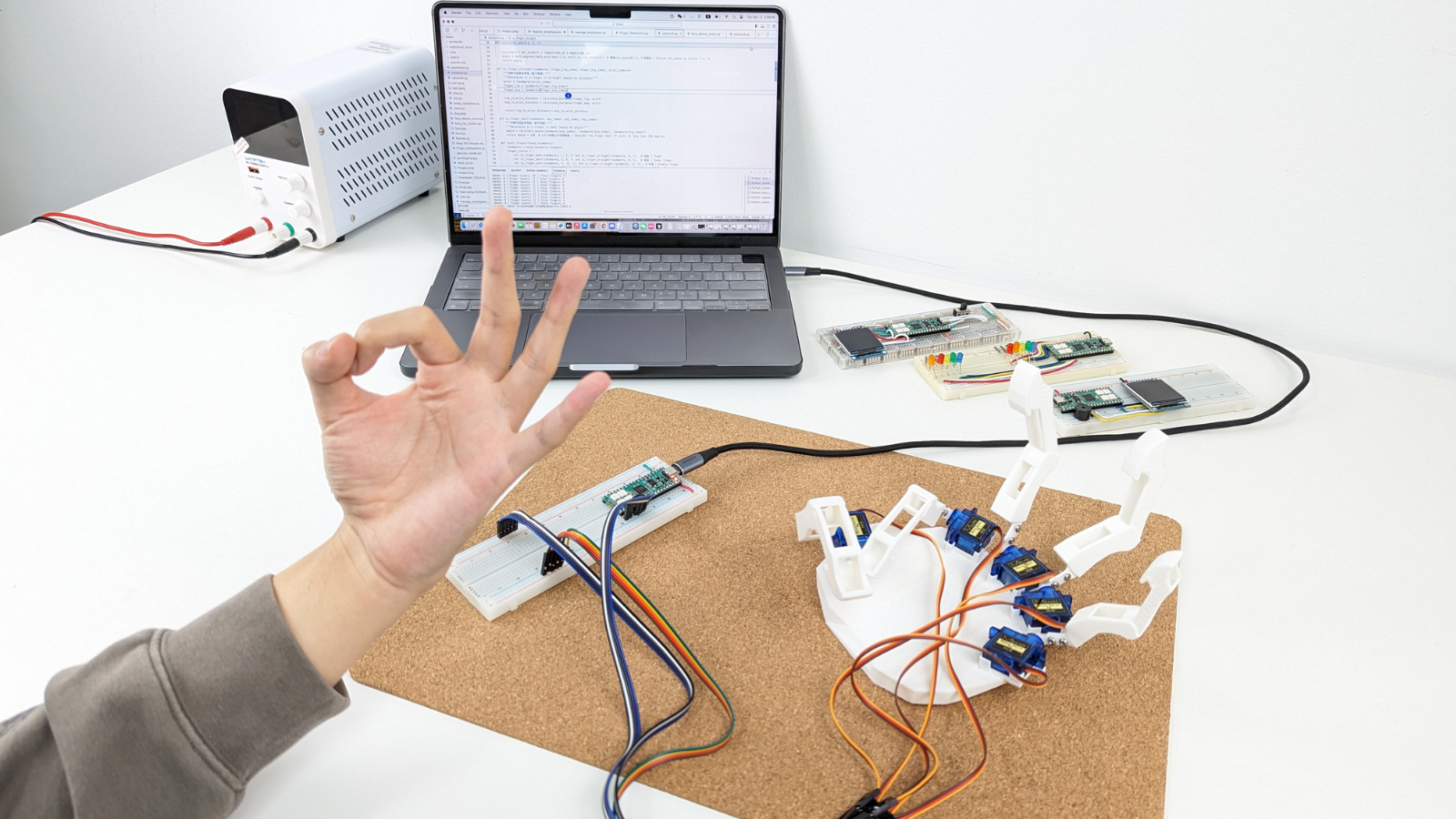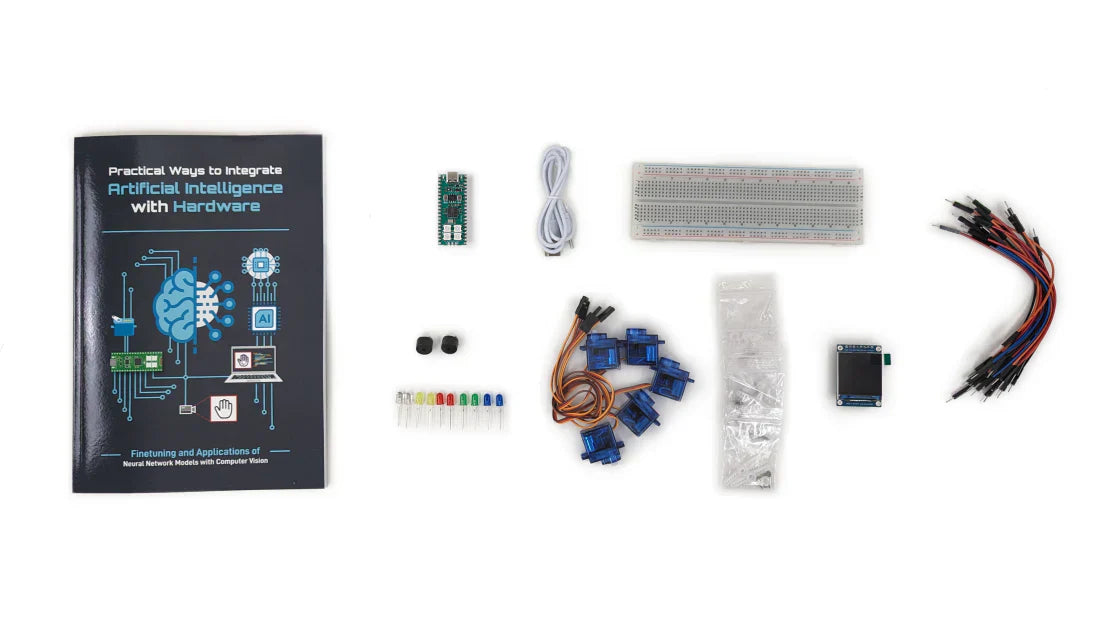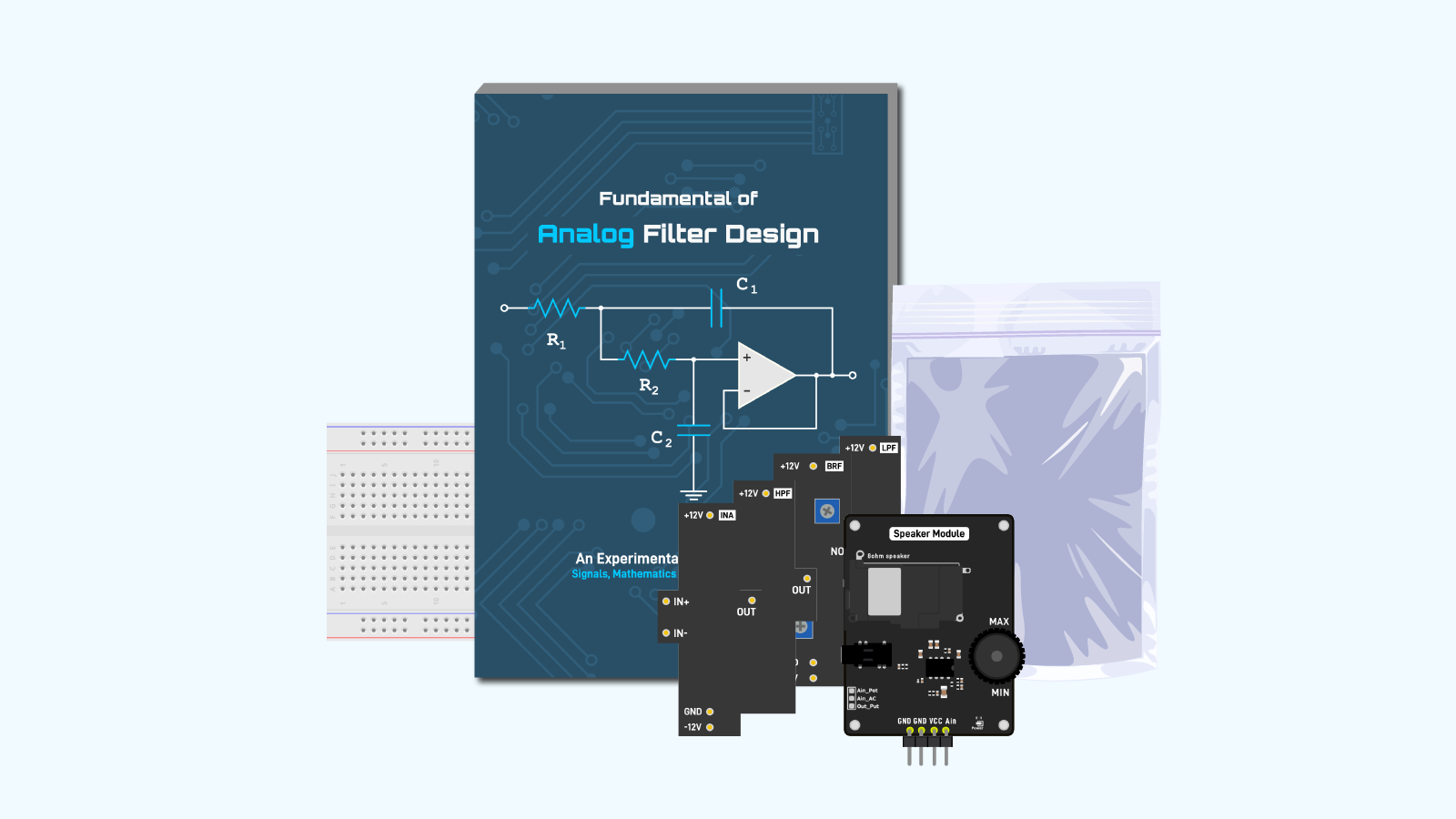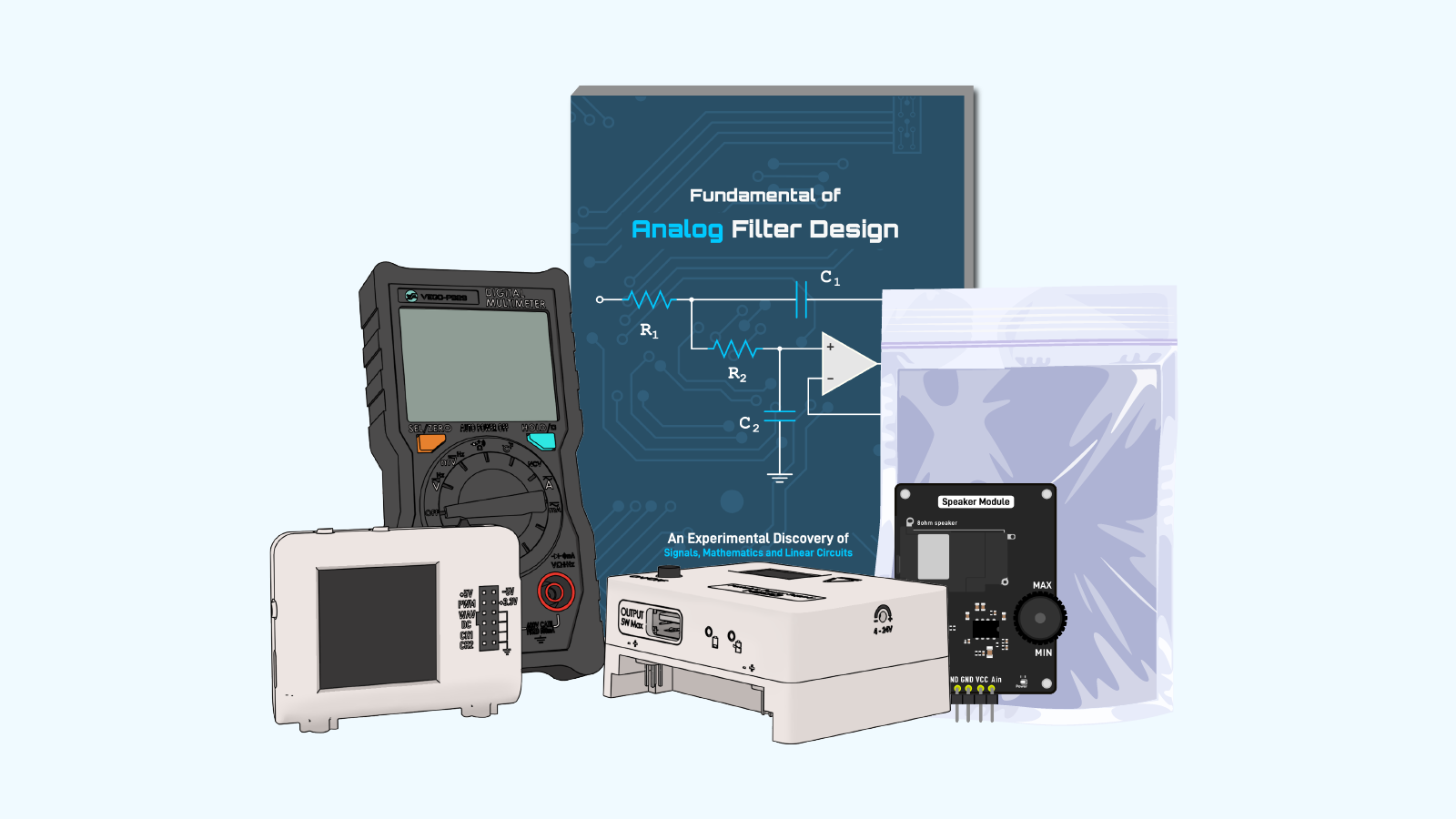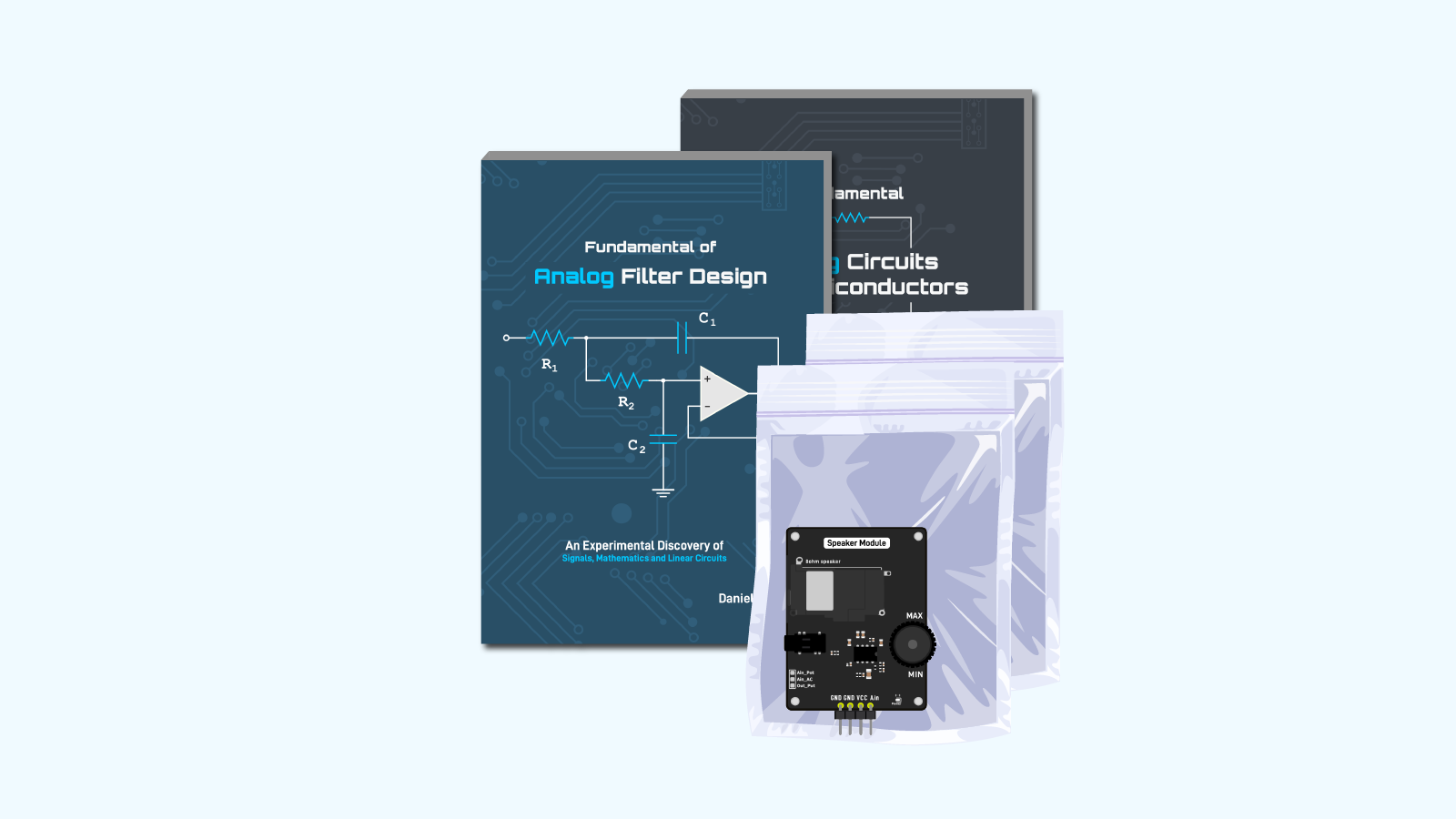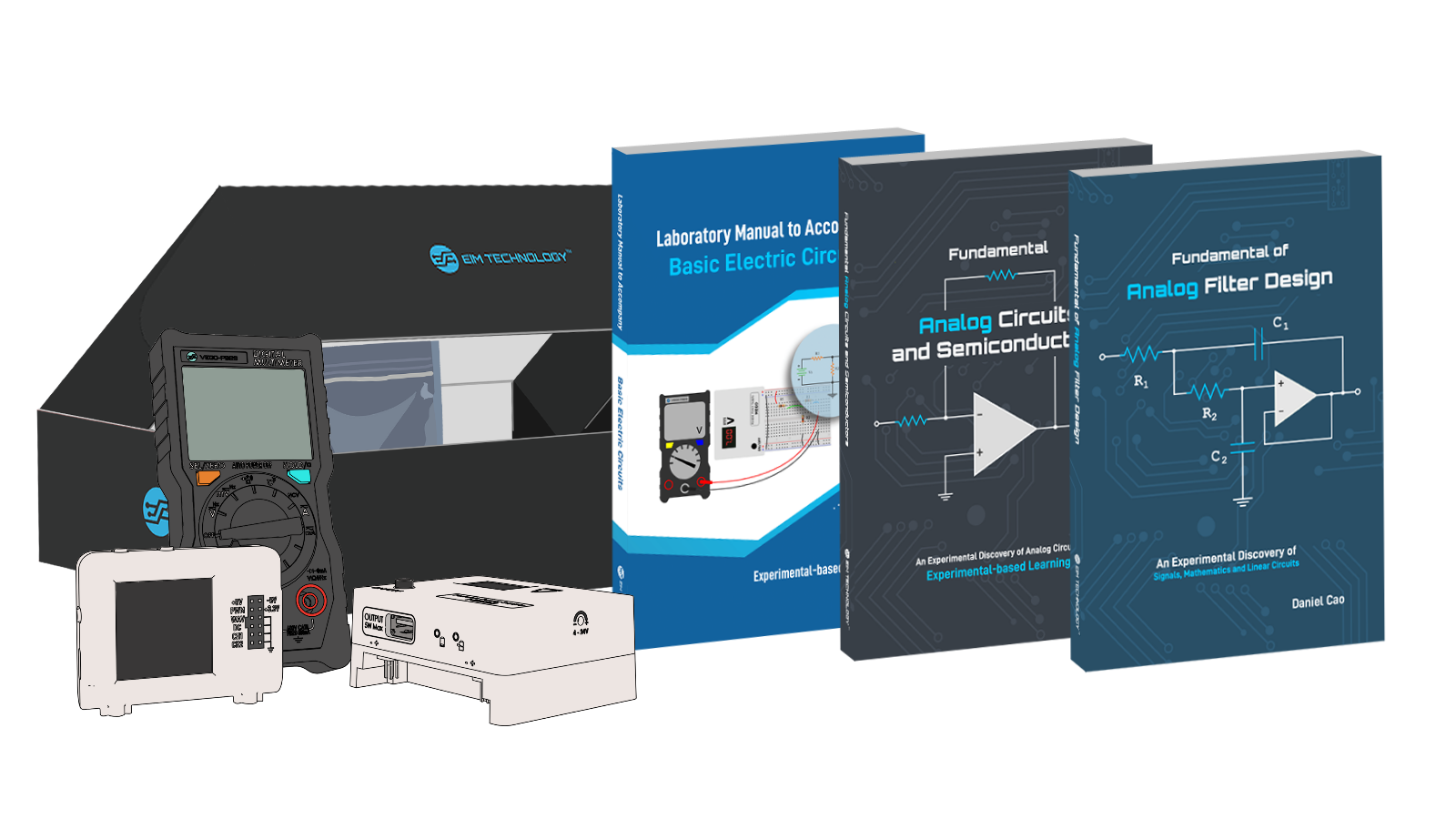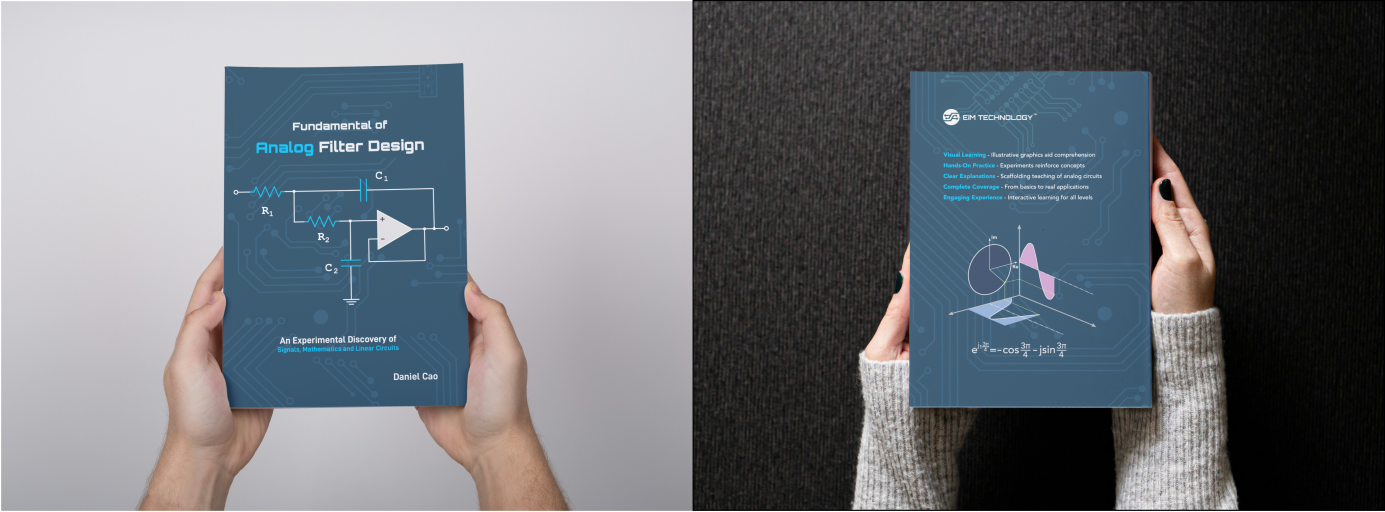What is a transistor? What is a BJT
The word "transistor" is an acronym, derived from the combination of "transfer" and "varistor," which was used to describe their mode of operation during the early days of their development. This name highlights the transistor's function of transferring an electrical signal across a variable resistor, which is central to its ability to switch and amplify electronic signals.

What is a BJT
A Bipolar Junction Transistor (BJT) is a type of transistor that operates using two kinds of charge carriers: electrons and holes. Think of it like a device where both positive and negative charges contribute to the flow of current, making it "bipolar." This interaction between the two carriers allows BJTs to effectively amplify or switch signals in various circuits.
On the other hand, a unipolar transistor, like a Field-Effect Transistor (FET), simplifies things by using only one type of charge carrier—either electrons or holes, but not both. This makes FETs "unipolar," meaning they rely on a single carrier for current flow. FETs are controlled by voltage rather than current and are widely used in applications that need efficient switching and amplification with low power consumption.
Understanding what is BJT or Bipolar Junction Transistor (BJT) using an example:
Imagine a Bipolar Junction Transistor (BJT) like a team of workers building a bridge, where you need two types of workers: one group laying down bricks (electrons) and another group filling in the gaps (holes). Both groups need to work together to get the job done, meaning that current flows because these two types of charge carriers are moving in opposite directions. The BJT uses this teamwork—electrons and holes—to amplify signals or control circuits.
Now, compare this to a Field-Effect Transistor (FET), which is like having only one type of worker on-site, let’s say just brick layers (electrons). Instead of coordinating two teams, you only need to manage this one group, making things simpler and more efficient for certain tasks. FETs, like MOSFETs, only use one type of charge carrier, which is why we call them unipolar transistors. They’re controlled by a voltage (like giving orders to the workers), and this control mechanism makes FETs great for low-power and high-speed electronics, such as in modern digital devices.
To sum up, BJTs are like managing a collaborative team of workers (both electrons and holes), while FETs are all about simplicity and efficiency, with just one team to handle (either electrons or holes). Both have their strengths, and knowing when to use each is key in electronics design!
Functions of a transistor:
Transistors are three-terminal active devices composed of various semiconductor materials, capable of acting as either insulators or conductors when a small signal voltage is applied. This versatile capability allows transistors to perform two primary functions: switching, used in digital electronics, and amplification, used in analog electronics. In switching, transistors serve as on/off switches in circuits, controlling the flow of current to create logic gates and memory cells. In amplification, a small input voltage at the transistor's base can produce a significantly larger output current, making it essential for boosting signals in applications such as audio equipment and radio frequency devices.
Operating Regions of a Bipolar Transistor:
Then bipolar transistors have the ability to operate within three different regions:
- Active Region - the transistor operates as an amplifier and Ic = β.Ib
- Saturation Region - the transistor is "fully-ON" operating as a switch and Ic = I (saturation)
- Cut-off Region - the transistor is "fully-OFF" operating as a switch and Ic = 0
What are different types of bipolar junction transistor?
There are two basic types of bipolar transistor construction, NPN and PNP, which basically describes the physical arrangement of the P-type and N-type semiconductor materials from which they are made.
Let us learn more about transistors with our learning kits where we cover the theoretical explanation with interesting practical circuit building experiments to demonstrate working and functionality.
Transistor Basics is explained in our Lab-On-The-Go Experimental based learning kit.
Check our Electronics Learning Kits: - https://www.eimtechnology.com/collections/all-products
Learn with confidence!



